More than forty years ago, HalfPenny Green Airport in Wolverhampton was the site of a terrible tragedy. Not a plane crash, as you might assume, but a colossal fire, one that engulfed the foyer of the famous Crossroads Motel.
If you’re from an older generation, you’re probably wondering if I’ve lost the plot. The Crossroads Motel wasn’t in Wolverhampton, you’ll be yelling at your screen, but the town of King’s Oak. More importantly, both this storied building and King’s Oak itself are fictional.
They were both made up for the Birmingham soap opera Crossroads, which aired from 1964 to 1988 (with a short-lived revival in the early 2000s). The show — later called Crossroads Motel and Crossroads King’s Oak — revolved around the lives of staff and guests at a motel bordering a newly built motorway, particularly its matriarch owner Meg Richardson, played by Noele ‘Nolly’ Gordon.
At a time when on-screen fires were often limited to flashing orange lights and smoke-machines tactically placed through the cracks of doors, the production team behind Crossroads spared no expense when it came to gutting their location. The set of the iconic foyer was relocated from ATV Central Studios on Broad Street and reassembled at the HalfPenny Green site, just to be torched on camera. This was not only unusual for the period but also for the show itself, infamous for being produced as cheaply as possible, with sets that allegedly wobbled on camera and such a tight production schedule that fluffed lines made it into the final cut.
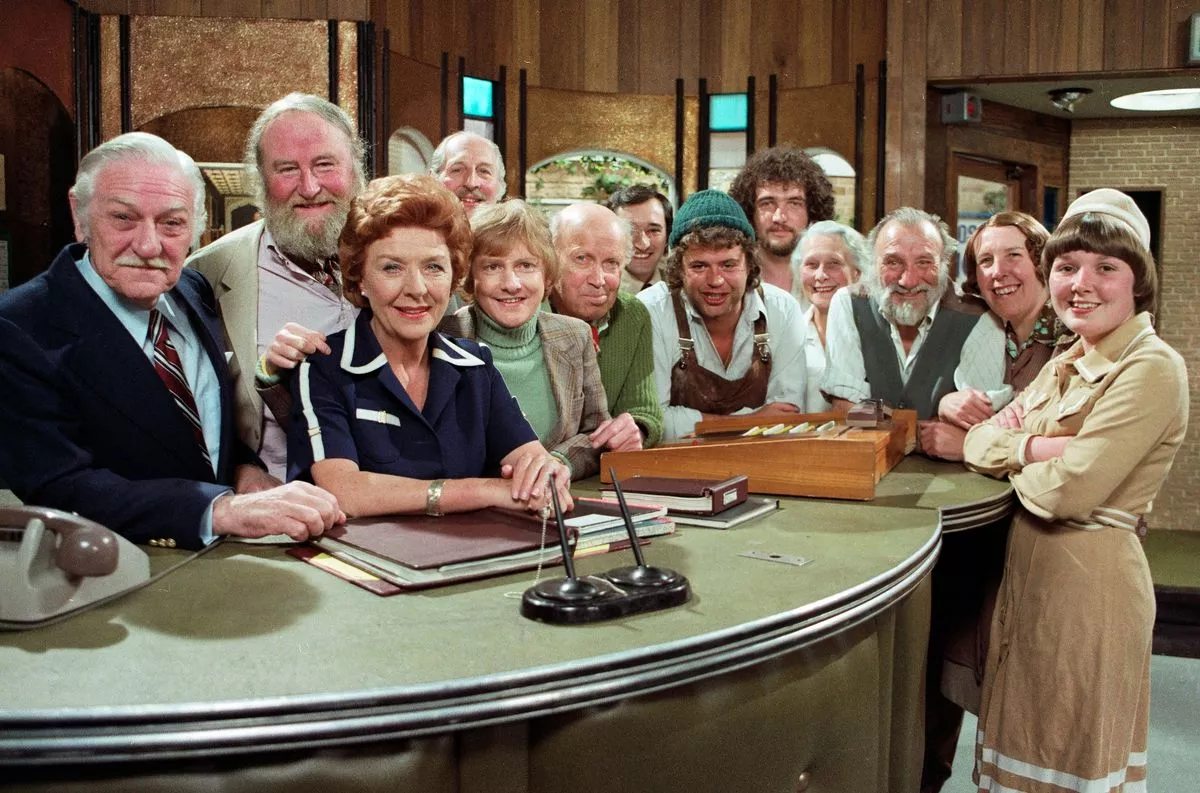
But the 1981 Crossroads Motel fire was not just another shocking plot twist, in a show already packed to the gills with unexpected narrative turns. It was also the plot device that spelled the end of owner Meg Richardson — and with it, actress Noele Gordon’s mainstream career. In a move which inspired genuine placard-waving protests, after 18 years Crossroads decided to rid itself of its undisputed star. At the time, Gordon was so widely beloved that (among other accolades) she individually won both ‘Most Popular Television Actress’ and ‘Most Compulsive TV Character’ eight times in a row. TV Times, the magazine doling out the awards, took her out of the running by making her the first celebrity inducted into their Hall of Fame, just to give other nominees a chance.
Despite the dominance of Crossroads — pulling in 15 million nightly viewers at its peak — memory of the show has faded in tandem with its star. Television is a wholly unique medium — unlike blockbusters and movie-stars of yesteryear, the box in the corner has an ephemeral quality. Crossroads is a quintessential example of this: before Steven Knight and his mates in flat-caps turned up, the contemporary general public would struggle to name a series that was not only set in Birmingham, but represented Brummies. This feels an oversight; time to press rewind on an unparalleled Birmingham institution: progressive in representation, impressive in frequency and massive in viewership.
Conspiracies still percolate surrounding Noele Gordon’s exit — the beginning of the end for Crossroads. Arthur Schmidt, wrote a decade’s worth of scripts for the soap; but was just as perturbed as fans when he heard Gordon had been given the boot. Though Schmidt and the other writers “had their marching orders”, dutifully finding a fittingly dramatic way to write Gordon out of the show, he couldn’t help but worry they “had just fired [their] meal ticket”. It's 10pm in the UK when we speak over Zoom, although the Californian sun is streaming into Arthur’s house. Schmidt has long since left behind the low-budget Britishness that defined the soap.
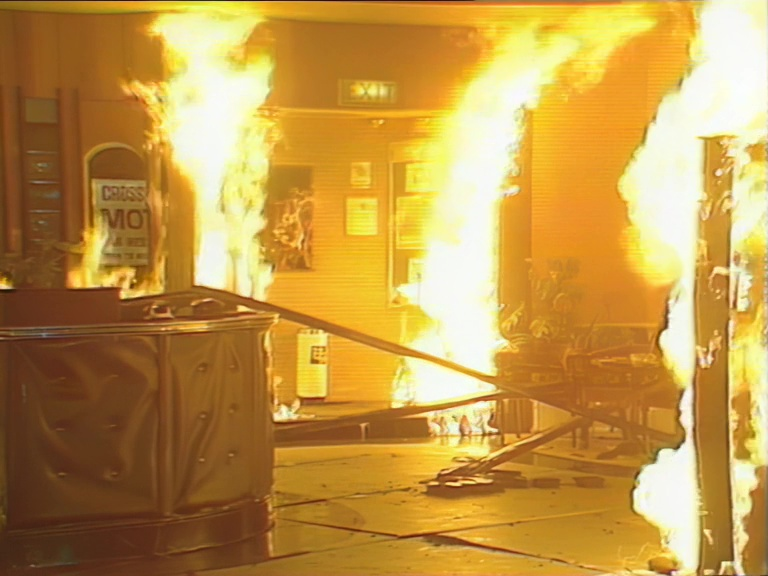
“If the firing was meant to make the show less popular, so it would be easier to bump, it certainly worked, because Noele’s exit plus a few years and it was off,” Schmidt recalls. Though she would be briefly invited back in 1983, with her character Meg having started a new life in Venice, Gordon sadly died from cancer only two years later.
While this theory is appropriately soapy, it seems to hold little weight. More prosaically, Russell T Davies’ recent biographical miniseries about Gordon’s life and career suggested her departure had more to do with interpersonal friction between her and show director-turned-producer Jack Barton, who took over in 1974 and allegedly grew to resent her influence.
Schmidt, however, finds the idea that the studio would want to kill the golden goose plausible, given how embarrassing executives seemed to find its success. “Regardless of how many people were watching it, it wasn’t good for their brand — not that they would’ve called it a brand forty years ago,” he tells me. “It’s not the kind of show the top-dogs could boast about while playing golf. Even my closest friends would make fun of me for being a part of it.” Lady Plowden, chairman of the Independent Broadcasting Authority, allegedly once described it as “distressingly popular”.
None of this scorn affects Arthur in the slightest; he beams with pride as he recalls his time on the show. An American international student studying at Cambridge, he won the gig after writing a fan letter to one of the show’s producers, Peter Ling. Despite a reputation for melodrama and budgetary constraints, he’s keen to point out that Crossroads was genuinely agenda-setting in the 1960s and 1970s, tackling topics that other daytime shows were loath to touch, like disability, single parenthood and unwanted pregnancy.
“We did things that were highly unusual for British soaps at the time,” Arthur tells me, particularly something called “strand writing”. This method entails each episode having three or four individual stories, and one writer being specifically assigned to only one of them — essentially writing a quarter of an episode each at a time. “The idea was that it would promote more investment in each story and allow us to keep track of inconsistencies.” (As evidenced by the fact a character once had an eleven-month pregnancy, after the actor playing her genuinely miscarried and quickly became pregnant again – the show was fairly lenient in its approach to realism.)
In Arthur’s view, the main benefit of strand writing was that it allowed writers the time to go away and research socially complex plots. “We tried to keep it current,” he says. He tells me about a storyline he wrote about a child with Down’s Syndrome, a daytime TV first in more ways than one, given the child actor playing her also had Down’s Syndrome. “The night it went out, I was on the ten o’clock news. I had my thirty seconds of fame purely because no one had ever done that before.”
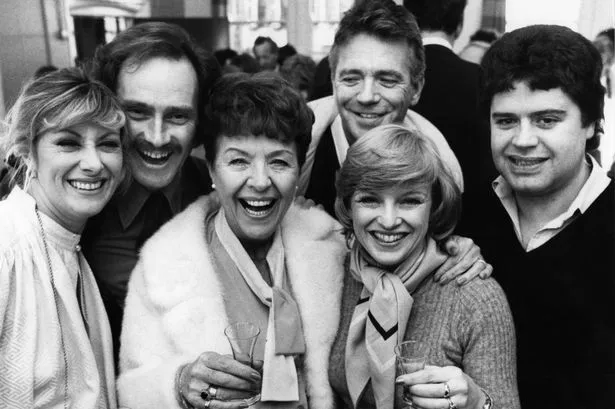
Overall, there were 4,830 episodes of the soap. For context Eastenders, running since 1985, has around 7,000 episodes at the time of writing. Due to Crossroads’s longevity, over 20,000 actors have allegedly appeared in the series, some of whom would leave the motel in their rear-view mirror on their way to becoming household names. Malcolm McDowell, of A Clockwork Orange fame, had his first television role as motel PR consultant Crispin Ryder. In 1968, Elaine Paige joined the cast as waitress Caroline Winthrop, straight out of drama school. Most notably, the soap launched the career of David Jason, who played Bernie Kilroy, a thieving boxing promoter and part-time gardener. Celebrities like Larry Grayson, Bob Monkhouse and Ken Dodd (playing themselves), would also often stop off at the motel, for well-needed respite while “on tour”.
One fan favourite was Adam Chance, an unpredictable accountant played by Tony Adams, who appeared in 264 episodes over ten years. His popularity was such that, after Crossroads was finally cancelled in 1988, Adams was one of only two cast members to be invited back to the ITV revival in the early 2000s. Now 84, Tony is retired and lives near Brighton with his wife Christine, who lovingly borders the room in case he mishears anything. His mind is as sharp as his looks, with combed white hair, and his iconic moustache (thankfully) intact.
Tony speaks warmly and remembers his time on the show with fondness. “I absolutely loved every little bit of it.” But initially, he’d refused the Crossroads call up. Producer Jack Barton was baffled as to his refusal. Tony told him: “Because you do five episodes a week, I’m doing a show at the moment called General Hospital, and we do one a week.” Jack replied, “Well Tony, you got it wrong, because in actual fact, we do six.” But Barton got his man.
The punishing filming schedule dictated Crossroads had to be shot ‘as live” — cementing every fluffed line and on-screen accident into the final broadcast. “We didn’t have time for directors to direct. That never happened. When we finished shooting, we went to someone like Sue Hanson’s [who played Diane Lawton for 22 years] [house] and we’d sit down and start rehearsing the next day together.” One famous example of on-screen chaos, taken from Noele Gordon’s autobiography My Life at Crossroads (1975) recounts Gordon shooting a kitchen scene when a fellow actor noticed flames erupting from a nearby appliance. “We swung into action, still acting the scene and saying the lines we were supposed to say as we coped with the flaming toaster.”
“The show didn’t have any money, and was on five days a week, no wonder it wasn’t perfectly polished,” Tony tells me. “We didn’t have the beautiful buildings they film in now.” He never saw the infamous wobbly sets he says but he did have to stump up for his own accommodation and costumes, “I had one suit, and it was black.” Tony used this suit for weddings, funerals and auditions – and: “by a miracle it also suited Adam Chance the accountant.”
Poor production values were a crucial ingredient in forming the show’s mythos – even deliberately parodied by Victoria Wood, with her spoof Acorn Antiques. The quirks, inconsistencies and electrical fires, lent the show a true-to-life appeal despite its (at times) often fantastical plots.
Certainly, some fans struggled to understand that it was fictional. Tony describes an incident in which a man “who obviously didn’t like Adam Chance, and how he was treating Miranda Pollard” charged at him with a knife while crossing a bridge in the studio complex. “It’s a bit frightening when people are taking what you’re doing so seriously, but, fortunately, there were police there and they got him — so I was saved!” Similarly, in her autobiography, Gordon recalls a plotline where her character was imprisoned on a dangerous driving charge, which led to the nearby prison’s phone-line being jammed for weeks with phone calls demanding to know when she would be freed.
Tony and the show’s glamorous star were an unlikely duo — not least because she was 21 years his senior — but they soon became incredibly close friends. The inseparable pair lived opposite each other in Birmingham and often spoke on the phone, facing one another in opposing windows across the street. “She truly was the most wonderful woman,” he tells me, remembering being in awe of Gordon’s fame and charm when he joined the show. Despite it, she proved incredibly down to earth. Early in his time on the show, he recalls her inviting him to lunch and being excited at the thought of getting to ride in her famous Rolls Royce and go “somewhere really chic”. Instead, as they stepped onto the pavement, she turned to him and said “it’s the number 27, dear,” which they boarded on the way to the supermarket.
Which isn’t to say that they didn’t have a lot of fun together. One weekend, Tony remembers ‘Nolly’ asking him to take her to where he was born. They drove to Anglesey in North Wales, “just by the castle.” They stayed at The Gazelle Hotel, standing to this day and as Nolly was retiring to bed after a long journey, she asked: “Adams?”
“Yes, ma’am?,” Tony replied.
“I need some sparkling water, will you bring some up to the room, dear?”
Tony describes going to the bar and spotting a bottle of champagne and buying it instead. He knocked on her door.
“I brought your sparkling water, Miss Gordon,” he declared, brandishing the bottle of bubbly.
Nolly looked at it, and at the clock which read: 10.30pm. “Adams,” she said, grandly. “Get to the Rolls, dear. We’re going for a dance.”
They drove two miles to the coast near Puffin Island. “It was pouring with rain, and her Rolls had four doors, with four speakers, and we opened those doors, had music playing, and we danced in the pouring rain and drank champagne,” Tony remembers wistfully. “That was the kind of stupid thing we used to do.”

Like the Anglesey coastline, the legacy of Crossroads and Noele Gordon, has gently eroded in the decades since her passing. Tony is one of the few standard-bearers, weathering the tides to keep memories of his friend, and former life, alive. In recent years, interest has been revived somewhat in Nolly herself. During pre-production for Russell T Davies’ 2023 series, Tony received a call. Davies was on the other end. He said: “I’m doing this thing about Noele Gordon, and everybody I talked to said there was only one person that really knew her: Tony Adams.”
After a little persuading, Tony was on board. Though, he wasn’t always sold on the production’s casting choices.
“When he said he’d got Helena Bonham Carter to play Nolly, I personally thought, ‘no, she’s not right,” he confides. Prior to the show’s broadcast, Davies asked for Tony’s “honest feedback” on Gordon’s depiction. He picked up the telephone and rang Russell: “I hate to say this, but Helena Bonham Carter is marvellous. Nolly would be thrilled.” At the end of the third episode, he and fellow star Susan Hanson even had cameos. “It was an absolute delight.”
Crossroads has an even bigger legacy than its actors: a national charity. The organisation grew out of a 1974 plot point, which saw Gordon’s character Meg become the primary carer for her wheelchair-using son. In the show, Meg struggled with a dilemma: she was due to take a holiday but who would care for her son while she was away?
At the time of airing, unpaid family carers had no specific state or dedicated charitable support. Within the Crossroads universe, Meg starts a fictional support group called ‘Caring for Carers’. The idea struck a chord with the viewing public.
After the episode aired, fans began asking showrunners for information about the support group launched by Meg. Recognising a gap, Gordon personally petitioned the programme makers, who donated £10,000 for a pilot scheme to be set up in Warwickshire. It was a success, and ‘Crossroads Care’ subsequently expanded. Today, it has more than 250 local schemes under its umbrella throughout Britain. Helen, who volunteers for a Worcestershire branch of the charity — where Tony Adams is a patron —, tells me they “provide care services that gives each home carer the peace of mind to let someone else step into their shoes.”
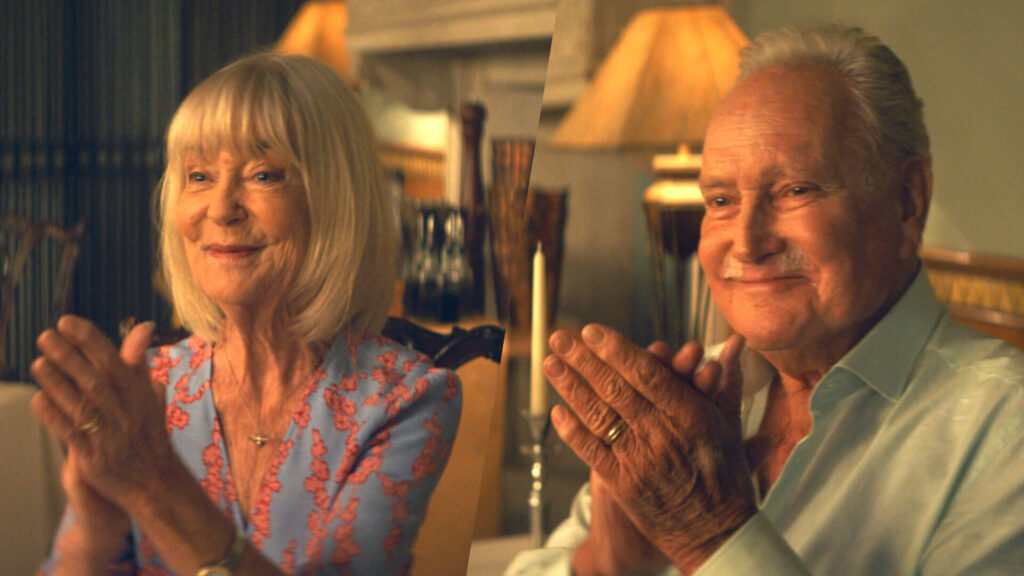
As for the soap's impact on Birmingham, Tony tells me the Brummie setting “made the series right. Birmingham was our set. It was our film set.” Today, the ‘Crossroads Appreciation Society’ on Facebook has nearly five-thousand members.
Crossroads may have fallen out of contemporary conversation, but it hasn’t left people’s hearts. The series harbours a starkly Ozymandian quality: a colossus, gently being lost to the [film] grains of time — or according to Arthur, “the last gasp of broadcast television.” What will forever remain are the memories, and the joy it sparked in fans and production members. “It was a wonderful show to do, and I loved it. It’s lovely that you’re bothering to get in touch with me,” Tony says with a warm, twinkly smile, framed by his white-moustache.


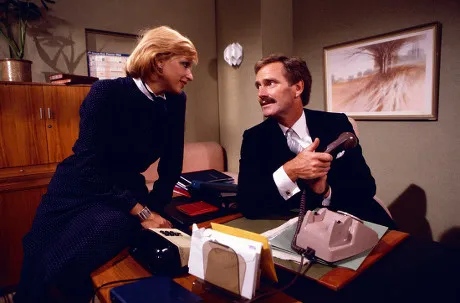
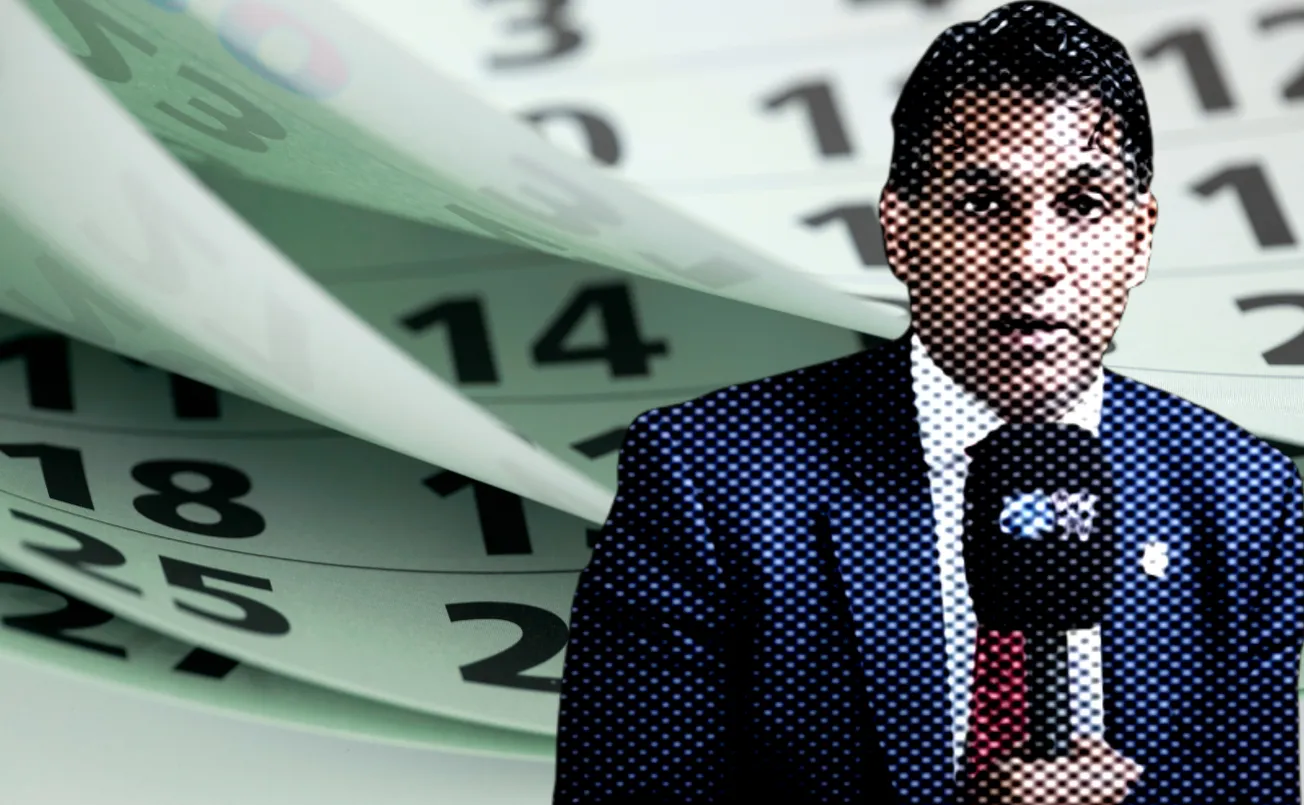
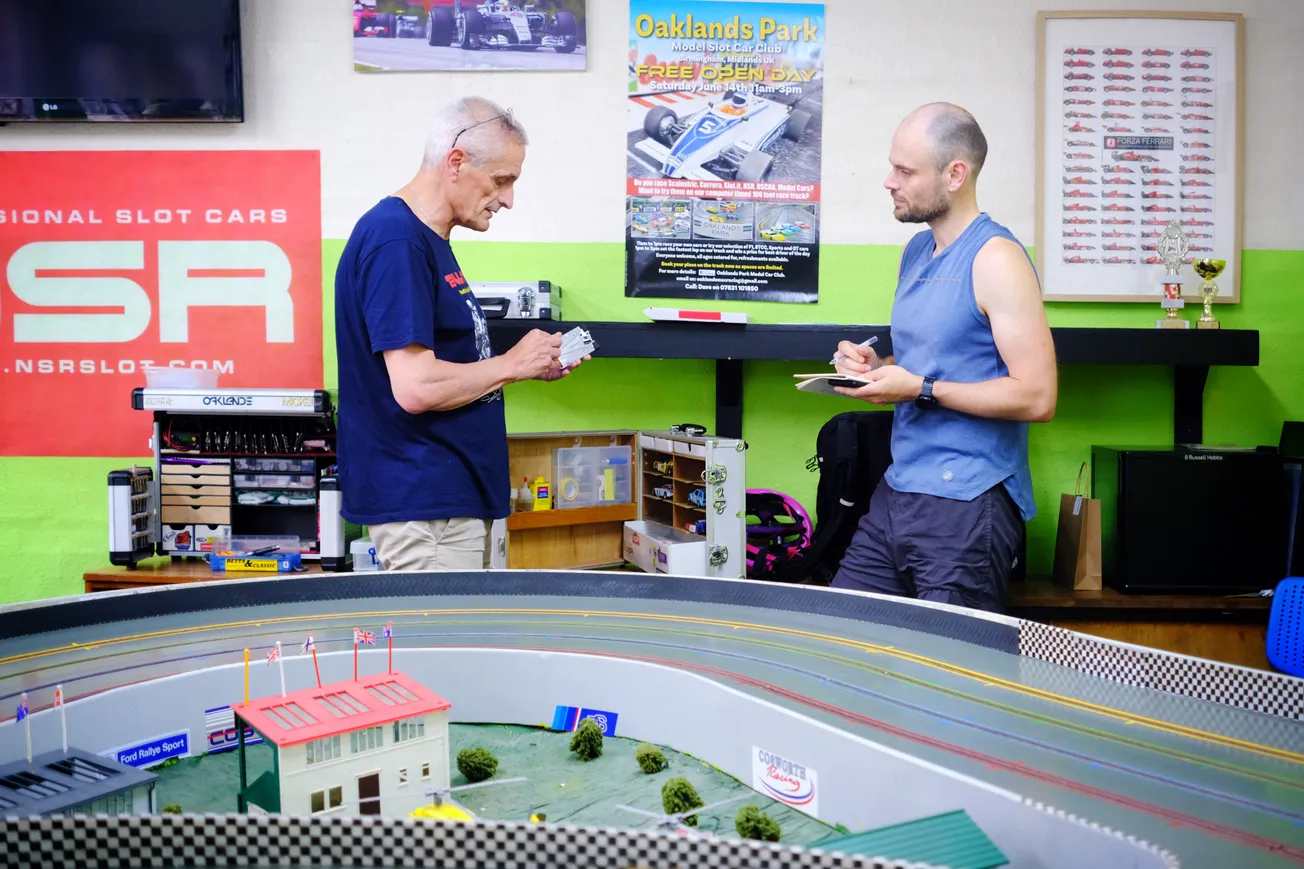
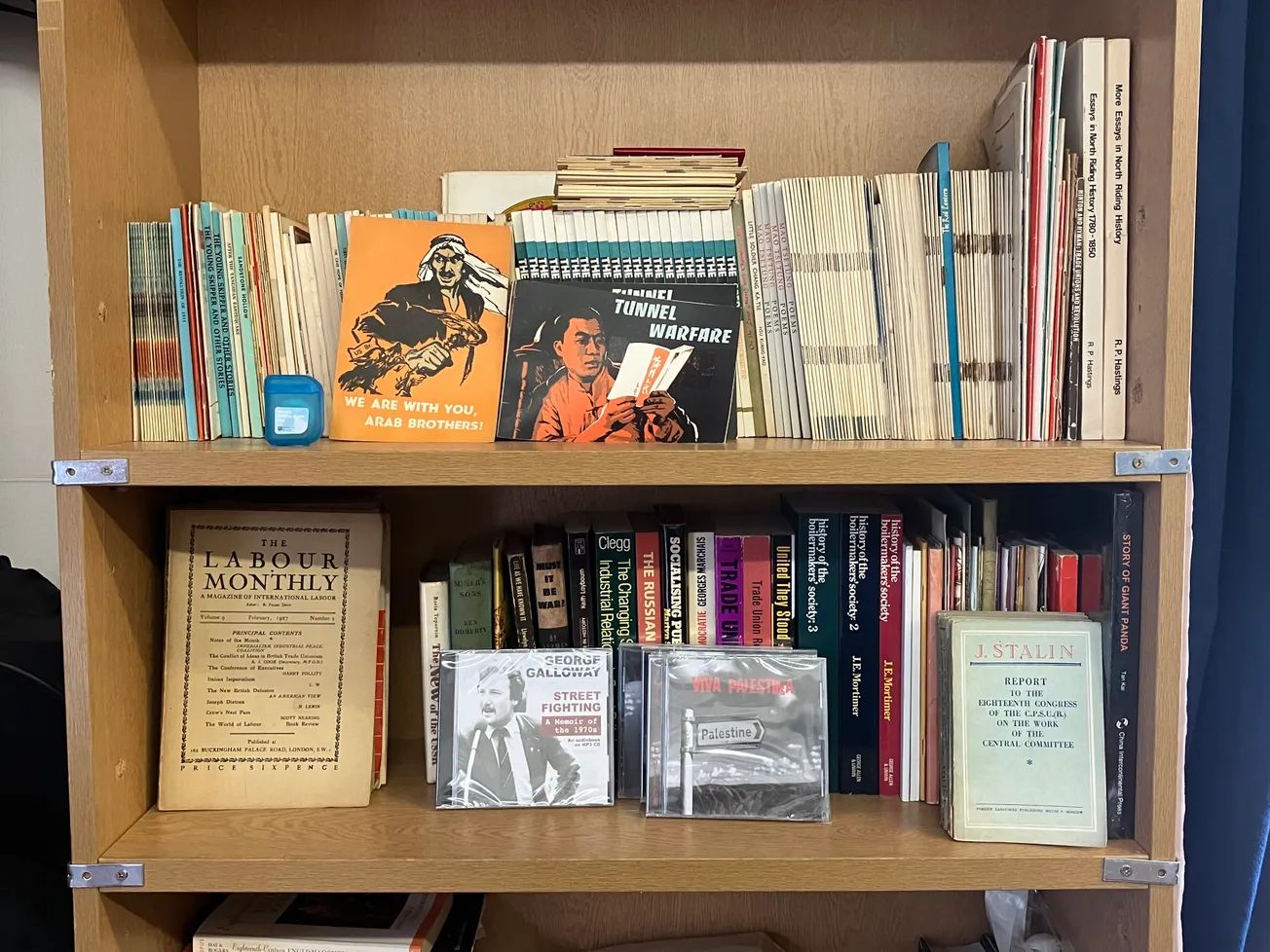


Comments